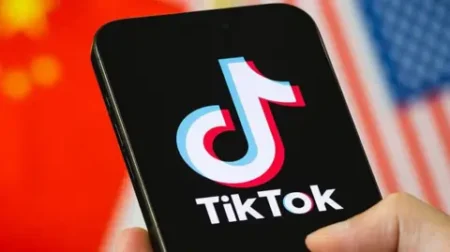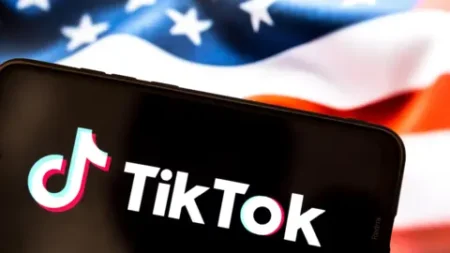On April 16, 2025, a significant number of Spotify users globally faced an alarming disruption in service, significantly hindering their ability to access the popular music streaming app. As reported by Downdetector, a platform that monitors outages, over 20,000 individuals flagged issues with Spotify starting around 1:30 PM GMT. The scope of the problem appeared widespread, affecting not only users in the UK but extending to those in the United States and various parts of Europe.
Spotify, which boasts a staggering user base of more than 675 million worldwide, acknowledged the predicament on their official social media channels. In their communication, the company confirmed that they were aware of the ongoing issues and are actively investigating the root cause of the malfunction. The nature of the complaints primarily centered on the app’s inability to load artist profiles or execute searches for new music, both crucial functionalities for users trying to explore Spotify’s extensive music library.
Despite these challenges, users reported that previously downloaded music remained accessible. This detail provided partial relief for Spotify’s clientele, who were still able to listen to songs saved directly to their devices. However, attempts to search for new music would often result in the frustrating message “something went wrong,” followed by a refresh option that remained ineffective.
This predicament underscores a broader concern in the realm of digital streaming services, highlighting the reliance users place on platforms such as Spotify for their daily listening habits. The downtime, even limited in scope, serves as a reminder of how interconnected our experiences have become with these applications.
Spotify’s service disruptions sparked conversations around the effectiveness of customer service response during outages. Users took to social media platforms to share their experiences, voicing both their frustrations and their understanding as they navigated the disruption. The incident represented not only a technical anomaly but also a unique moment of community building among users, as they collectively sought updates and shared solutions.
As of the latest updates, Spotify has yet to provide a more detailed explanation of the disruption or an estimated time for service restoration beyond their acknowledgment of the issues at hand. As the situation continues to unfold, users are encouraged to be patient and stay tuned to official channels for ongoing updates.
Such interruptions, while briefly unsettling for users depending on streaming services for daily entertainment, often lead to discussions about the growing prevalence of digital platforms in our lives. Each outage can serve as a gentle nudge to reevaluate our leaning on technology and perhaps even an opportunity for engagement with alternative music-discovery avenues. Ultimately, the ongoing reliance on services like Spotify illustrates an established integration of music streaming into everyday routines, enhancing the need for operational reliability from these platforms.
In conclusion, as Spotify works to address and resolve the issues impacting its millions of users, the situation allows for broader reflections on the importance of technical reliability in our increasingly digital world. The recent hiccup in service has highlighted both the company’s commitment to addressing user concerns and the significant role these applications play in the enjoyment of music across continents. As users await the resolution of this issue, it serves as a moment of contemplation about our relationship with technology and the networked services that have become so integral to our daily lives.











